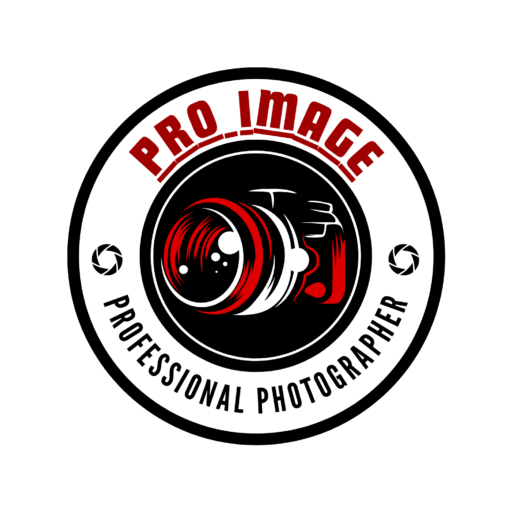Free Image for all Users



















































































































































































Client Feedback
”Pro Image created the perfect website for my photography business. Highly recommended for professionals!”
”The website design is modern and user-friendly. My clients love the new look!”
”I appreciate the support provided during the setup. Pro Image truly understands photographers’ needs!”
